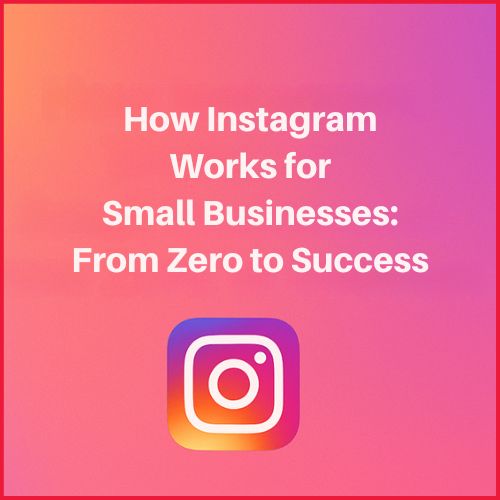In order to increase domestic manufacturing and India’s outward shipments, the apparel exporters’ group, AEPC, on Wednesday called for tax advantages like uniformity in GST and more interest subsidies. Tax breaks for clothing producers which implement Environmental, Social, and Governance (ESG) and other international quality standards and compliances have been requested by the Apparel Export Promotion Council (AEPC). The funding help for the branding and marketing of items created in India was also requested by the council. On February 1, the budget is expected to be unveiled.
According to the council, interest equalisation rates on pre- and post-shipment export loans for manufacturers who are not Micro, Small, and Medium Enterprises (MSME) exporters have been lowered from 3 to 2%.
The exporting community has been severely hampered by the high cost of capital. In order to boost the clothing industry’s competitiveness in the global market and provide them with access to operating capital, AEPC has asked the government to raise the rates under the plan to 5% for all apparel exporters,” the statement read.
It stated that a uniform tax of five percent should be applied to the Goods and Services tax (GST) along the whole value chain of Man-Made Fibre (fibre, yarn, and fabric).
The MMF GST rate on fibre is currently 18%, yarn is 12%, and fabric is 5%. As a result, the council stated, MSME units are experiencing unutilized input credit and ensuing liquidity problems.
Additionally, it recommended that the government incorporate embellishments and trims under the Import of Goods at Concessional Rates (IGCR) duty regulations.
To ensure the required functionality and aesthetics of clothes in the worldwide market, the operations involved in the garment export trade generally require a variety of high-quality trimmings and decorations (belts, buttons, labels, stickers, linings, inter-linings, etc.).
Foreign customers insist on preserving consistency and quality and avoiding the use of counterfeits in order to protect their brand image. It said that any departure in the quality and specification leads to the shipment’s rejection.
“Indian apparel exporters are constrained to use only those trimmings and embellishments, which are pre-approved by the buyer and these are mostly required to be sourced from overseas suppliers nominated by the garment buyers,” the council stated.
It stated that as of right moment, some embellishments and trims are not free from duties.
“AEPC has submitted a list of items currently not permitted, such as draw cord, elastic band/tape, metal tab/stopper/clip, velcro tape, leather badge, and D-ring, and has requested these items be included in the list for eligibility for duty exemption,” the AEPC stated in a statement.
Additionally, it has pushed for the IGCR regulations governing the import of trimmings and accessories to permit a minimum of 10% waste by means of a suitable notification.
This will assist exporters of clothing in timely submission of their usage data and execution of the bond at the customs release.
Mithileshwar Thakur, Secretary General of AEPC, stated, “We will be anticipating the government’s response on the recommendations made by AEPC, which have been made after wider industry consultations.”














